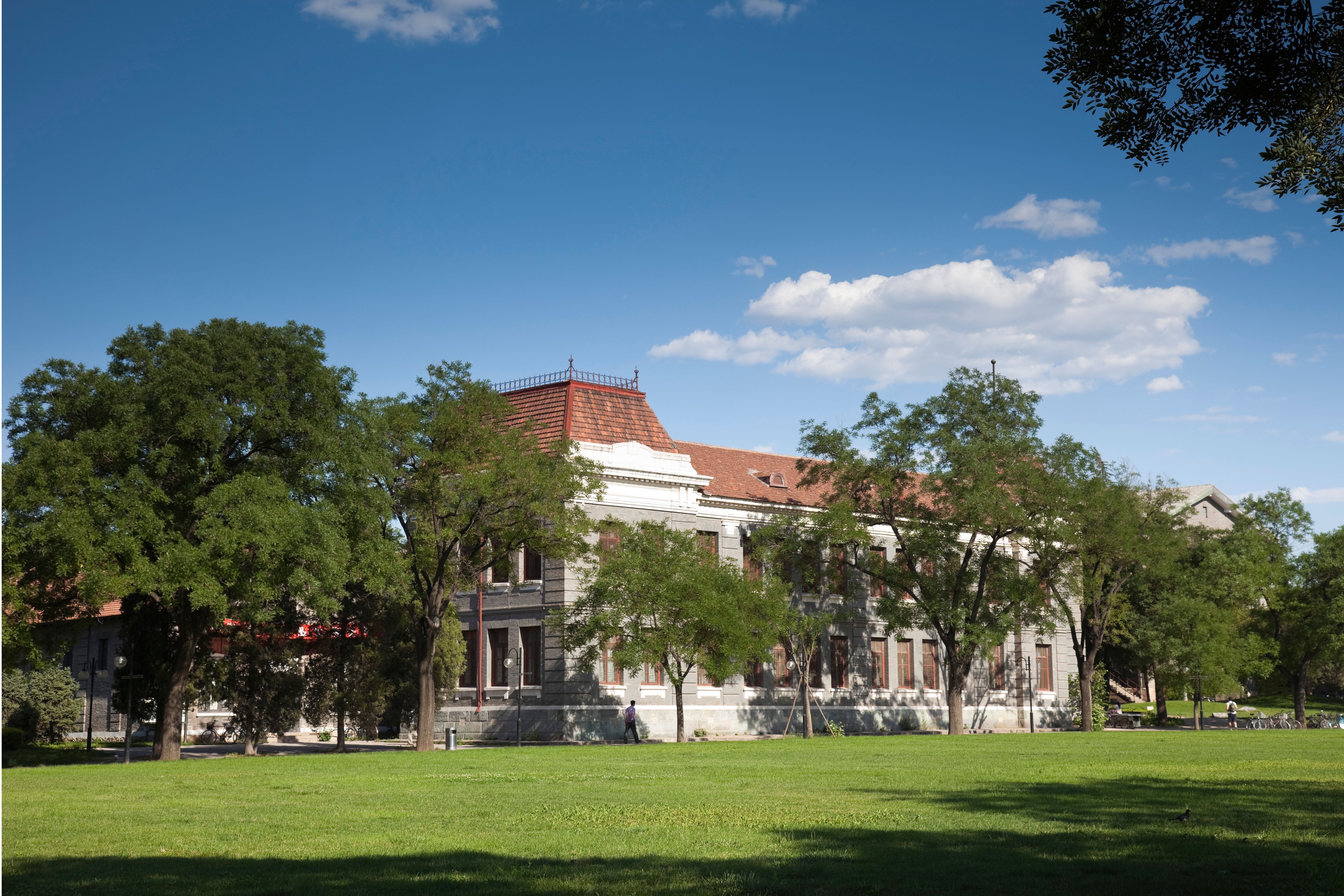The original location of Tsinghua University was part of the Xichun Garden, which was built in the Yongzheng era (1723-1735) of the Qing Dynasty as the subsidiary part of the Old Summer Palace. During the Daoguang era (1821-1850), the Xichun Garden was divided into the East and West. The east part remained the name of “Xichun” and was bestowed to Yizong, the fifth son of Emperor Daoguang, so it was also called “the garden of the fifth son”. After the Emperor Xianfeng ascended the throne, the Xichun Garden was renamed as “Tsinghua Park” with the tablet inscribed by the emperor. The west part was bestowed to Yizhu (the Emperor Xianfeng) was named as Jinchun Garden, commonly known as “Siye Garden” (the garden of the fourth son). In 1911, the Travel Aesthetics Department was constructed in Tsinghua University and later renamed as “School of Tsinghua”.

The second school gate is one of the most characteristic buildings of the Tsinghua University. It boasts black-brick base and three arched doors made of white marble. On the large door with perfect arch, there inscribed the characters of “清华园” (Tsinghua Park) wrote by Natong, a Grand Secretary in the late of Qing Dynasty. The words are shining with great charm in the sunshine. The second school gate was initially built in 1909 as the major gate of the school. At that time, its two wings connected with other buildings with short walls. The Tsinghua University has once seen the heavy guard, opening to no irrelevant personnel. After the extension in 1933, the park walls were moved outside, giving birth to a new gate, which was at the location of today’s west school gate. Since then, the earliest gate was commonly called as “the second gate”.
As the time goes by, the second gate has witnessed the history and development of Tsinghua University in wind and storm. It is not only the symbol of the university, but also embodies Tsinghua people’s characters of diligence, truth-seeking, and never be disturbed by fortune or misfortune for a long time.
The Grand Auditorium of Tsinghua University, the Old Library, the West Gymnasium, and the Science Building are the “four great buildings” of the school, which are also listed in the first batch of building complexes since the school’s construction. At that time, the Grand Auditorium was the largest hall in schools of China, covering an area of 1,840m2 and the height of 44 meters. The Grand Auditorium features the ancient Rome and ancient Greece art styles in Renaissance period, with the Rome-styling dome, open long-span structure, and Ionic Order galleries made of white marbles. The whole complex, grand and solemn, has a square bottom and round ceiling, symbolizing Tsinghua People’s characters of “determined, plain, and unyielding”. It is the center of for school gathering. Catching sight of the grand lawn in front of the Grand Auditorium, your eyes will be full of green.
The location of Tsinghua University is richly endowed by nature, with cleverly-designed human-made lakes in the campus, stone desks beside the lakes and lotuses swaying with the wind and water. Visitors may fell relaxed and refresh and fall into wonderful reveries. Statues including Zhu Ziqing, Wen Yiduo and other figures in the school are also telling pathetic and memorable stories of the past days. A stroll here a day may bring you travel of knowledge and refreshed minds and thoughts.
Address: No.30, Shuangqing Road, Haidian District



